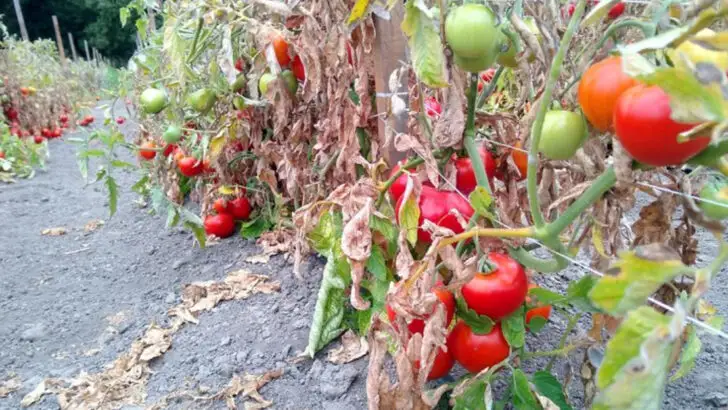Tomatoes are the crown jewel of many home gardens—but they’re also among the fussiest crops to grow. At Plantisima, we know how frustrating it can be when your tomato plants look healthy but refuse to produce, ripen, or even grow properly. The good news? Most tomato problems have clear causes—and simple, fixable solutions.
In this article, we’re breaking down 16 reasons your tomatoes might not be thriving, from common soil mistakes and nutrient imbalances to sneaky pests and watering missteps. Whether your leaves are curling, your blossoms are dropping, or the fruits stay stubbornly green, we’ve got the answers.
For our Plantisima readers chasing that perfect, juicy harvest—this guide is your troubleshooting toolkit. Because with the right tweaks, your tomatoes can go from struggling to spectacular in just one season.
Inadequate Sunlight
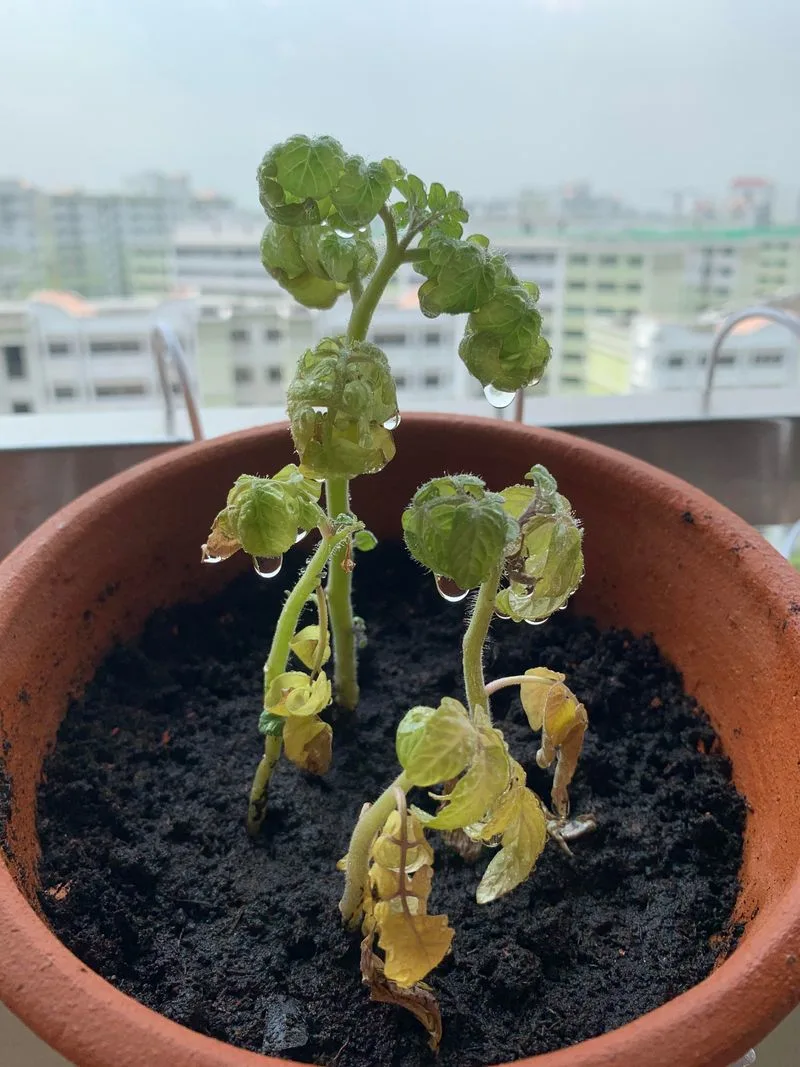
Tomatoes bask in the sun’s glory. Without at least 6-8 hours of direct sunlight daily, their growth can be stunted. Placing them in a shaded area can result in pale leaves and fruits that never ripen.
Consider relocating the plant to a sunnier spot or trimming back overhanging branches that might be blocking essential sunlight. Utilizing reflective surfaces to redirect sunlight can also give them a much-needed boost.
Remember, the sun is the life force for your tomatoes. A strategic placement can turn them from lackluster to luscious.
Poor Soil Quality
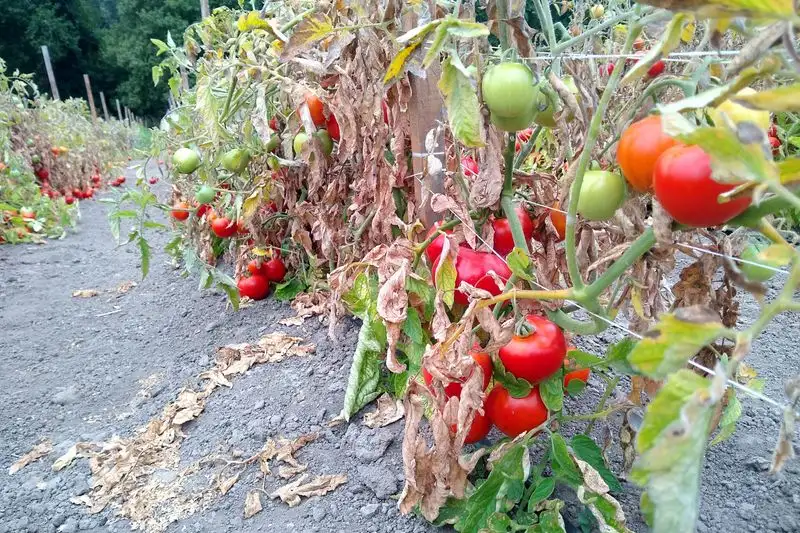
Soil is the foundation of any plant’s health, and tomatoes are no exception. Poor, rocky, or sandy soil can hinder root development, leading to weak plants.
Improving soil quality by adding organic matter like compost or well-rotted manure can boost nutrient availability and improve texture. Consider performing a soil test to understand its pH level and nutrient content.
Healthy soil is not just a medium for growth; it’s a nurturing environment that sustains life. Enrich it wisely for flourishing tomatoes.
Insufficient Watering
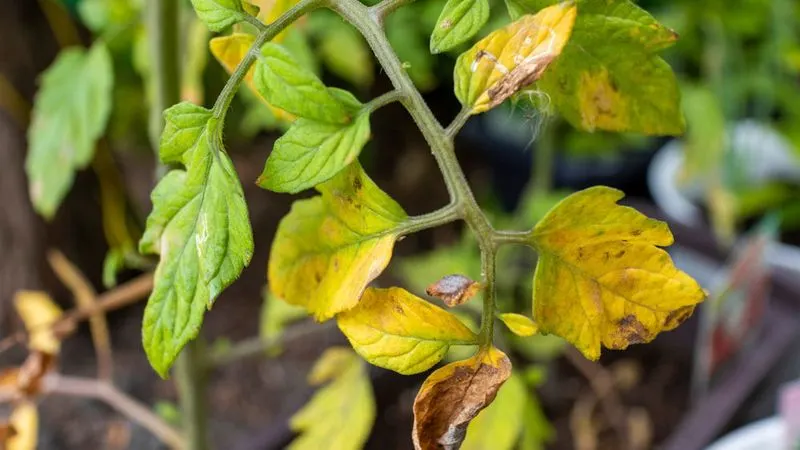
Watering habits can make or break your tomato garden. Inconsistent watering leads to stress, causing wilting or blossom end rot.
Ensure your tomatoes receive deep, consistent watering, especially during dry spells. Mulching around the base can help retain moisture. Using drip irrigation ensures that roots receive water without wetting the foliage.
Water is life, and your tomatoes are no different. A mindful watering routine can rejuvenate even the most parched plants.
Overwatering
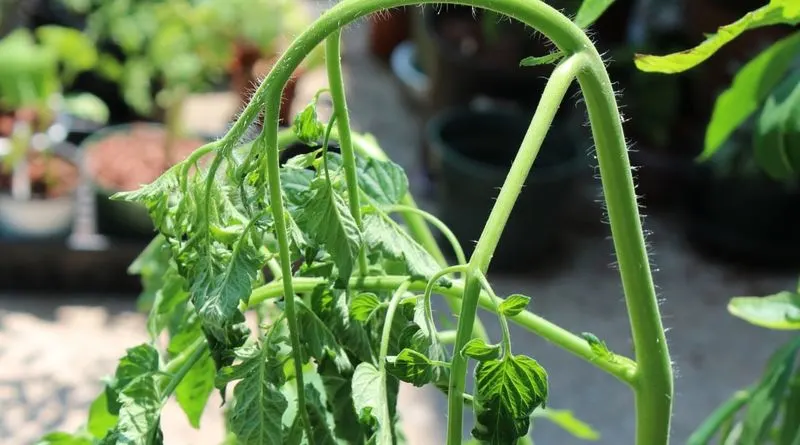
Too much water can be just as harmful as too little. Overwatering drowns roots, leading to fungal diseases and root rot.
Ensure proper drainage by planting in well-aerated soil or using containers with drainage holes. Monitor soil moisture regularly, watering only when the top inch feels dry.
Balance is key; understanding your tomato’s needs will guide you in providing the perfect hydration that encourages robust growth.
Pest Infestation
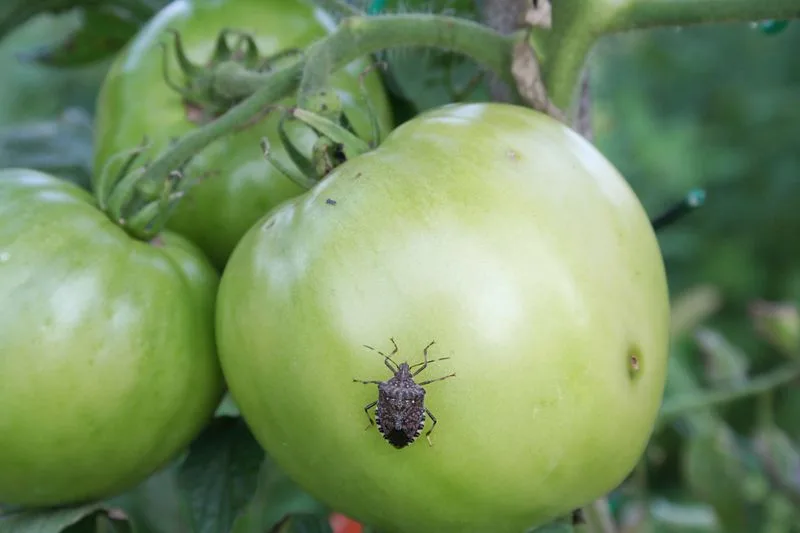
Small intruders can wreak havoc on your tomato plants. Aphids, hornworms, and other pests can weaken plants and destroy fruits.
Regular inspection helps in early detection. Natural predators like ladybugs can keep pest populations in check. Neem oil or insecticidal soap offers an organic remedy for more severe infestations.
Embrace nature’s balance by fostering a garden ecosystem that supports beneficial creatures and discourages pests.
Nutrient Deficiency
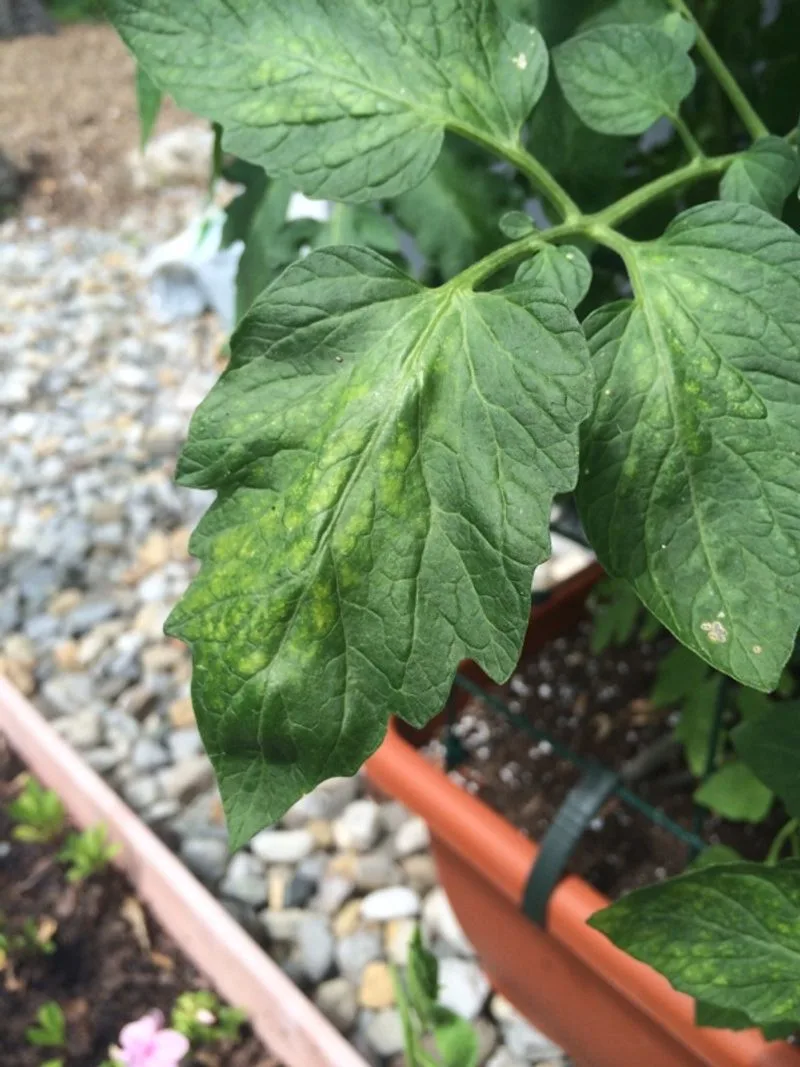
Yellowing leaves often signal a lack of essential nutrients. Iron, nitrogen, or potassium deficiencies can stunt growth and reduce yield.
A balanced fertilizer specifically designed for tomatoes can replenish these vital nutrients. Foliar sprays provide a quick nutrient boost, while regular soil tests guide long-term nutrition plans.
Feeding your tomatoes isn’t just about quantity; it’s about a balanced diet that ensures vibrant, healthy plants.
Diseases and Fungi
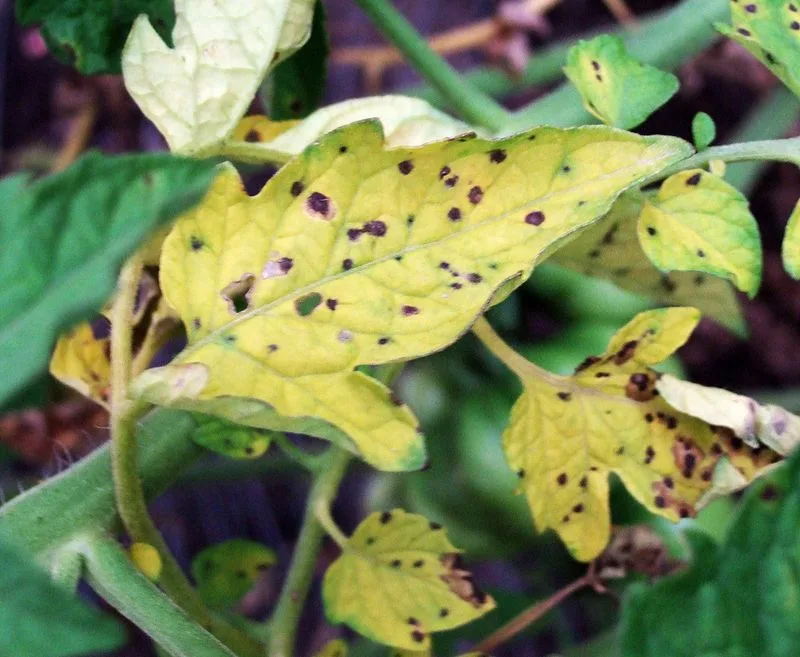
Spotted leaves or wilting stems might indicate fungal or bacterial infections. Diseases like blight can spread rapidly if left unchecked.
Pruning affected leaves and applying fungicides or copper-based solutions can help control outbreaks. Choosing disease-resistant varieties also prevents future problems.
A vigilant eye and timely intervention are essential. Healthy plants are a result of proactive care and swift action against potential threats.
Improper Pruning
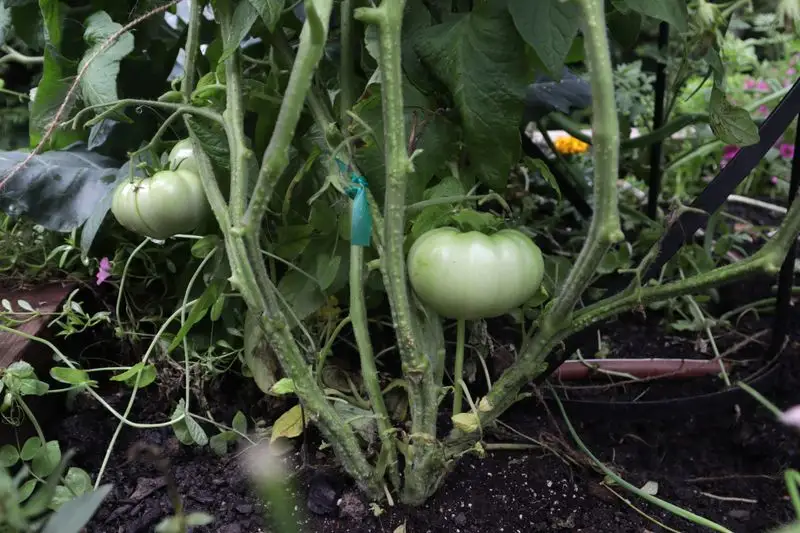
Pruning plays a crucial role in tomato health. Overgrown plants with tangled branches can hinder air circulation, leading to disease.
Regularly removing suckers and dead leaves encourages healthy growth and sunlight penetration. A well-pruned plant focuses its energy on producing quality fruits.
Consider pruning as an art that shapes your plant’s future. A little trim here and there can transform chaos into harmony.
Temperature Extremes
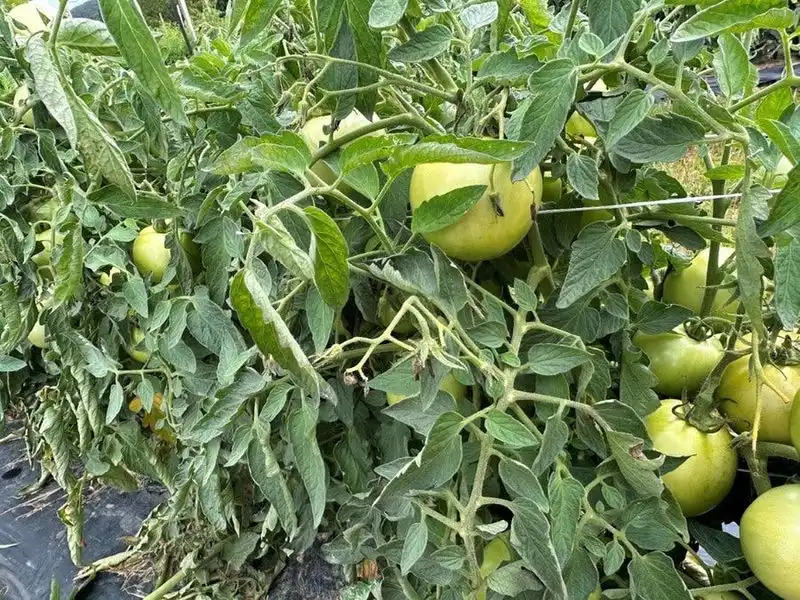
Fluctuating temperatures can stress tomatoes, affecting fruit set and growth. Extremely hot or cold conditions can cause flowers to drop.
Utilizing shade cloths during heat waves and frost covers during cold snaps helps maintain a stable environment. Selecting heat-tolerant or cold-tolerant varieties can also mitigate these challenges.
An understanding of weather patterns and preparedness can shield your garden from harsh extremes, ensuring a hearty harvest.
Overcrowding
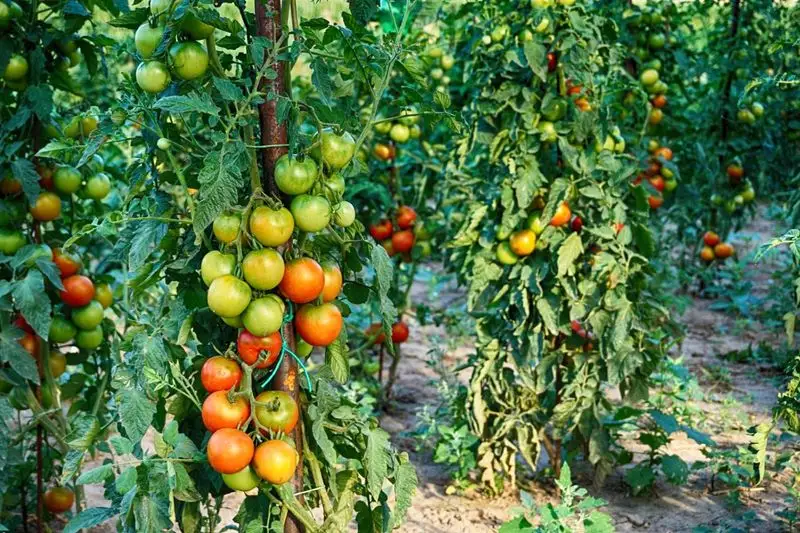
In a crowded garden, tomatoes fight for sunlight, nutrients, and air circulation. This competition can lead to poor growth and increased disease risk.
Thinning out seedlings and maintaining proper spacing allows each plant to thrive. A well-planned layout not only enhances growth but also simplifies maintenance.
Space is more than just a concept; it’s a necessity. Allow your tomatoes room to breathe, and they’ll reward you with bountiful produce.
Root Bound in Containers
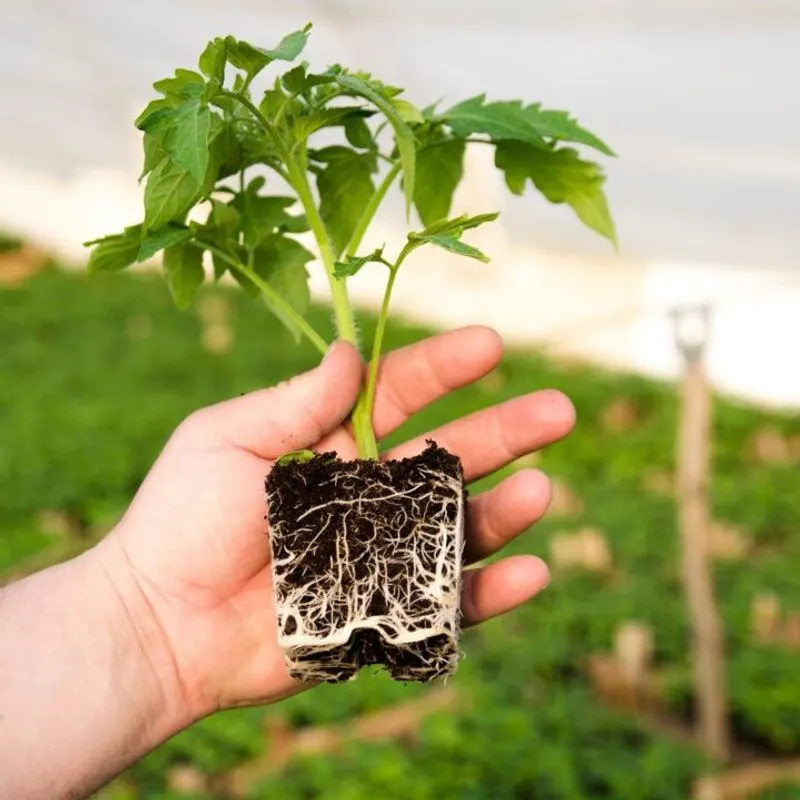
Container gardening has its charm, but tomatoes need room to grow. A pot that’s too small leads to root-bound plants, stunting growth.
Transplanting into larger containers with fresh soil can revive a struggling plant. Ensure pots have drainage holes to prevent waterlogging.
The right container offers roots the freedom to explore. Choose wisely, and your tomatoes will flourish, even in confined spaces.
Blossom End Rot
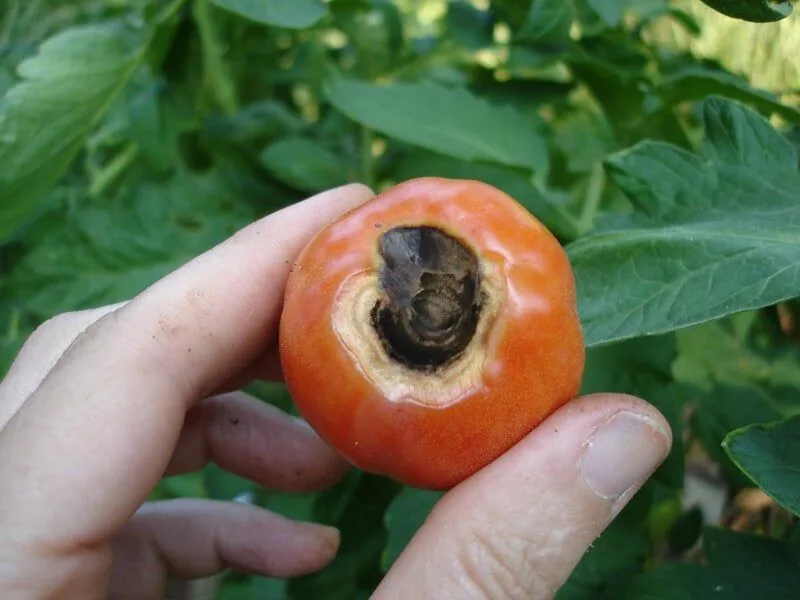
Unsightly dark spots on the fruit’s bottom often indicate blossom end rot, caused by calcium deficiency and inconsistent watering.
Regular watering and adding calcium-rich amendments like gypsum or bone meal can prevent this disorder. Mulching helps maintain consistent soil moisture levels.
Prevention is the best cure. Consistent care ensures your tomatoes develop beautifully, free from blemishes.
Improper Pollination
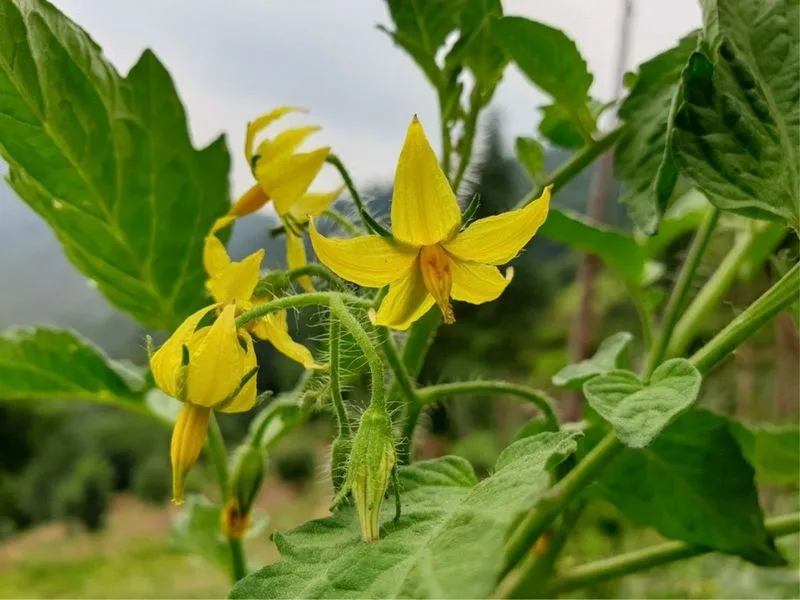
A lack of pollination can lead to flowers dropping without forming fruits. Without the help of bees, tomatoes might struggle to set fruit.
Encouraging pollinators by planting companion flowers or gently shaking plants to mimic wind can improve fruit set.
Pollination is the bridge between flowers and fruits. Facilitating this process brings your garden to life, ensuring a rewarding yield.
Planting Too Early
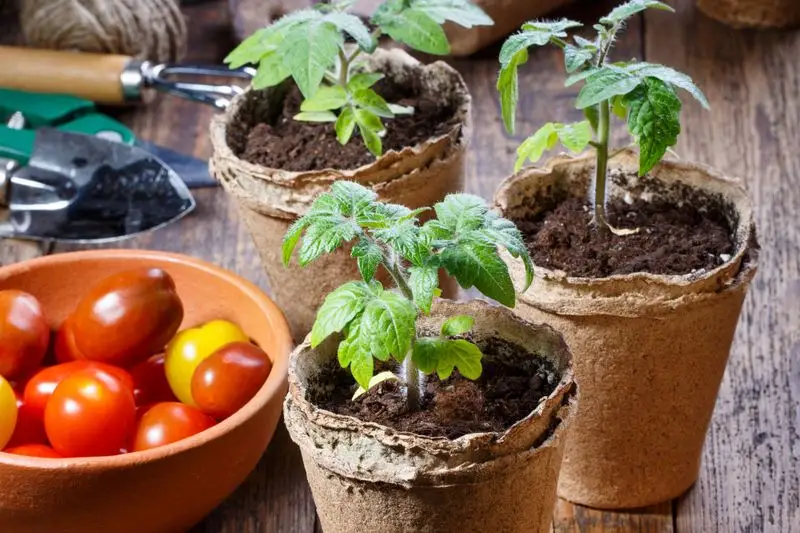
Eagerness to plant tomatoes too early can backfire. Cold soil and unexpected frost can damage young plants.
Waiting until the last frost date has passed and soil temperatures have warmed ensures a strong start. Using row covers can protect seedlings from late frosts.
Timing is everything. Patience in planting guarantees a robust garden that thrives from the outset.
Excessive Fertilization
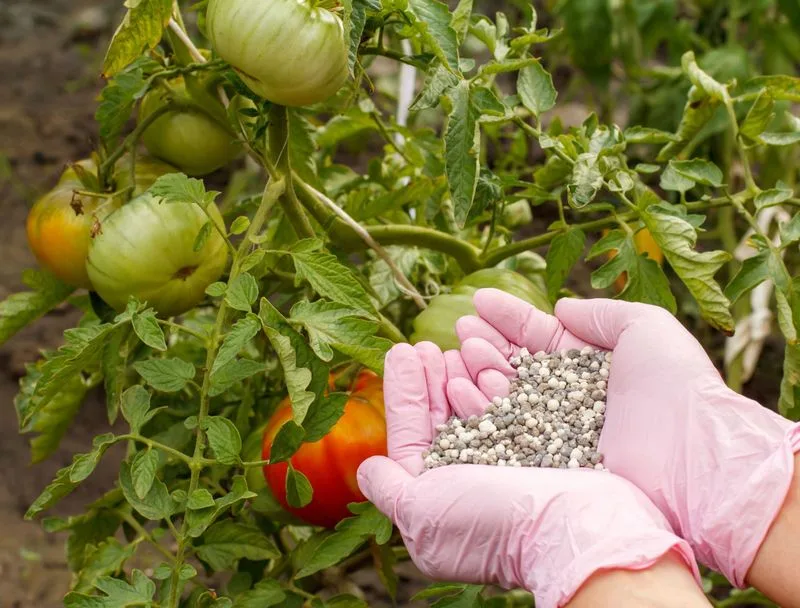
More fertilizer doesn’t always mean more fruit. Over-fertilizing leads to lush foliage but few tomatoes.
A balanced approach using slow-release or organic fertilizers provides nutrients without overwhelming the plant. Regular soil tests guide proper fertilization practices.
Moderation is key. Understanding your plant’s actual needs fosters a garden that’s fruitful, not just green.
Variety Selection
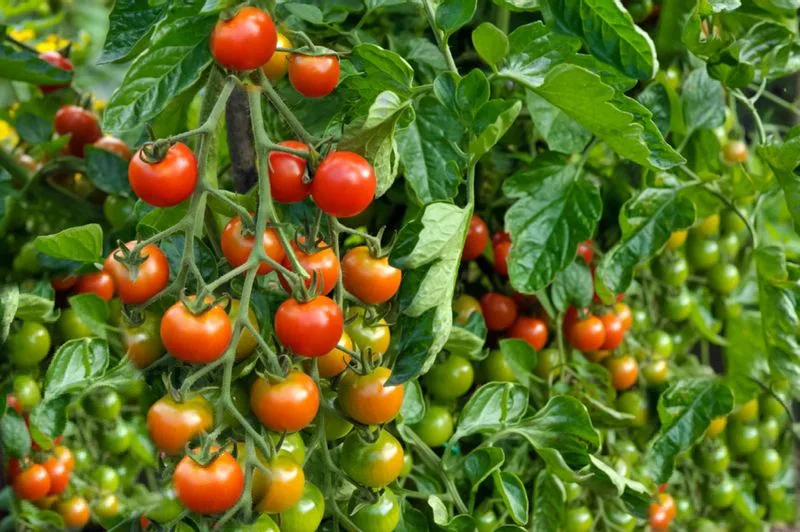
Not all tomatoes are created equal. Choosing the wrong variety for your climate can lead to disappointment.
Select varieties suited to your region’s growing conditions. Heirloom tomatoes may require different care than hybrids. Consult local gardening resources for the best recommendations.
Variety selection is an art that aligns your preferences with nature’s offerings. Choose wisely for a garden that resonates with your goals.

